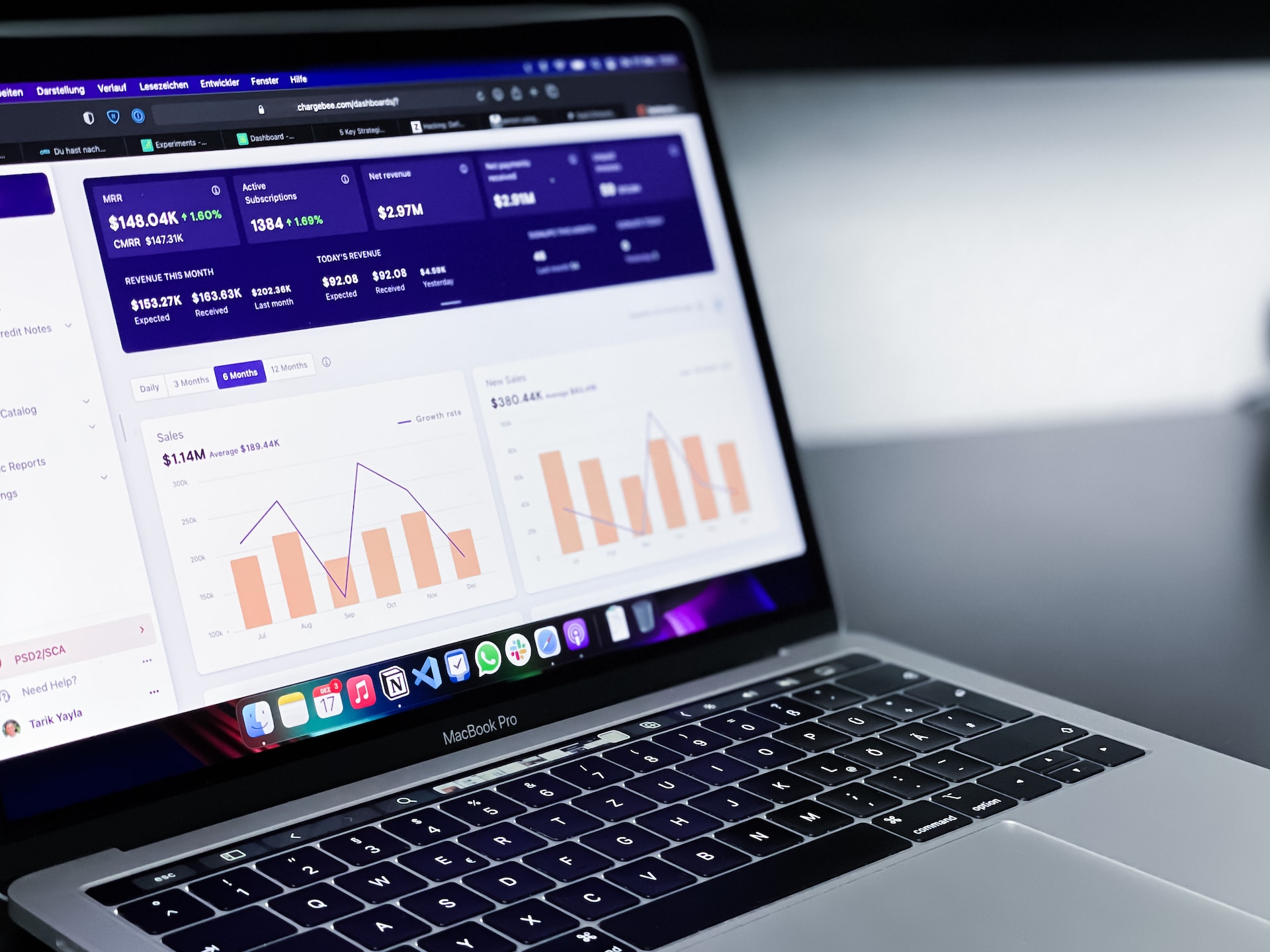Why Recruiting The Right Participants Matters

Identifying Your Target User Group
- Demographics (e.g., age, gender, education)
- Technological proficiency
- Domain knowledge or experience (e.g., familiarity with similar products)
- Any other relevant characteristics specific to your product
Developing User Personas
Establishing Recruitment Criteria
Recruiting Strategies for Usability Testing Participants
Internal Recruitment
Pros of Internal Recruitment
- Low cost
- Quick turnaround
- Existing familiarity with company culture and goals
Cons of Internal Recruitment
- Potential bias
- May not accurately represent target user group
External Recruitment
Pros of External Recruitment
- Greater diversity of perspectives
- Participants more likely to represent the target user group
Cons of External Recruitment
- Can be time-consuming and expensive
- May require additional screening to ensure participant fit

Customer Database
Pros of Using a Customer Database
- Participants are actual users of your product
- Access to user-specific data (e.g., usage patterns)
Cons of Using a Customer Database
- May require consent from customers
- Limited to existing users, potentially excluding new or prospective customers
Third-Party Panel Providers
Pros of Using Third-Party Panel Providers
- Access to a diverse range of participants
- Can save time and effort in recruitment
Cons of Using Third-Party Panel Providers
- Can be expensive
- May lack control over participant selection
Targeted Recruitment
Pros of Targeted Recruitment
- Participants are more likely to have relevant domain knowledge
- Can help ensure diversity within your target user group
Cons of Targeted Recruitment
- Can be time-consuming
- May require additional effort to establish trust and rapport with user communities

Screening and Selecting Participants
Screening Questionnaires
Pre-Testing Interviews
Relevance to Project Goals
Preparing Participants for Usability Testing
1. Communicate Expectations
2. Encourage Openness and Honesty
3. Provide Instructions and Support
Incentives and Compensation
- Monetary compensation (e.g., cash, gift cards)
- Discounts or free products/services
- Access to exclusive content or features
- Public recognition or acknowledgment (e.g., listing participants in a "thank you" section of your website)

Final Thoughts
Related Courses
Hiring Mastery
Measure right. Hire once. Learn the Talent Algorithm—a proven system for hiring top talent, avoiding mistakes, and scaling yourself.
Level Up Your UX Job Search
Get hired faster with this transformative three-week course; stand out to hiring managers with a stronger resume and portfolio. You'll get:
Master Your Product Design and UX Research Job Search
Upgrade Your Job Search in 3 Weeks
User Interview Skills for Designers & PMs
Hands-on practice & expert guidance to 10x your interview skills. Get insights that power smart, data-driven product & design decisions.
How to Uplevel Stakeholder Management for User Researchers
Advance your career and drive strategic impact by tapping into the participants no one talks about, your cross-functional partners.
UX Research That Gets Results
Get hands-on experience conducting effective UX research. Learn to drive big outcomes for users - even with limited time and resources.
You might also like

Product Adoption: How to Get More Users (and Keep Them)

Going Global: 5 Things to Consider When Bringing a Product to a New Market

Understanding Your Product's Impact: Metrics and Strategies for Business Assessment

